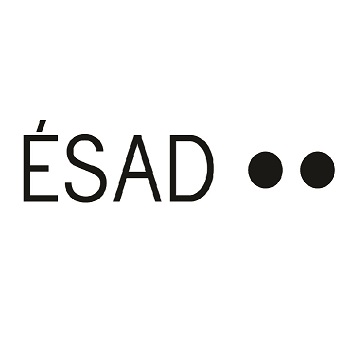Europe’s wall
Project concept:
The wall of Europe is the communication platform, the place where common people made their presence felt through all kinds of scratches, drawings, and words on the wall, since old times. Even in ancient Rome, the interaction of people with the city walls is recorded. Under the pressure of emotions, people express themselves. The forms through which they do it are simple, clichés of expression, graphic representations, or words. In marginal communities, individuals who do not feel their voice heard are the first to interact on the wall.
The wall is part of the city landscape. It bears the traces of the history of those places; it bears the decorative adornments of glorious eras, but also the frustration-filled aggressions of those who want to be heard.
In extreme cases, in a crisis, the walls become billboards for announcements, places where people leave their information or disseminate news. There can be found images of wanted persons, useful addresses, signs of existence, or passing into non-existence.
The walls also carry the city’s explosion of enthusiasm and celebration. The announcements of the city’s cultural events appear on them. The living culture, which is born and addressed to the interested parties of society, has no technical and stylistic limits, is infused with everything that happens in the socio-political area, has the opportunity to be a path opener for most of the time, and finally, can be very easily included in the patrimony.
Not by chance, the first information streams broadcasted in the online environment were called “walls”. There, the news slides across the screen, but especially on the “wall” social interaction happens. On the wall of our screen, we get the news that is relevant to us, the wall of information mediates the experience of Europe, in its various forms: physical, descriptive (which includes photos of picturesque places), social (news and political comments), or cultural (through events, artistic manifestations).
The current project took shape following the interaction on online platforms. After each post, the digital wall was checked by the others, the eyes slid from one portfolio to another, from one proposal to another, and in this way, connections were formed between themes, interests, and inquiries aligned at the level of the artistic form.
The outcome of the project will mostly be displayed on the four physical walls of the exhibition space. Whether the walls will be directly painted, or whether they will function as a mood-board for displaying and centralizing various individual investigative actions, the wall is once again a support to facilitate the circulation of ideas through graphic expressions or texts.
Universitatea Națională de Arte București / National University of Arts Bucharest, Romania
ESADHar École Supérieure d’Art et Design Le Havre-Rouen, France
Latvijas Mākslas akadēmija / Art Academy of Latvia
École Supérieure d’Art et Design Grenoble – Valence, France
Contributor
-
National University of Arts Bucharest
→ Explore -
ESADHaR, Ecole Supérieure d’art et design du Havre et Rouen
→ Explore -

Higher School of Art and Design • Grenoble • Valence
→ Explore
















































